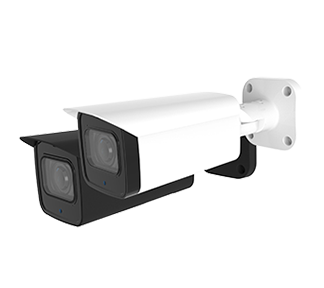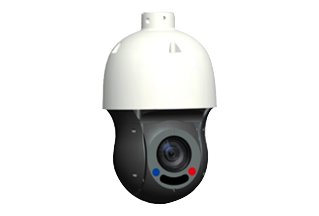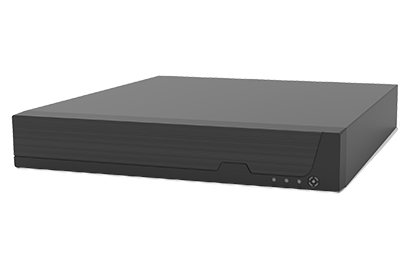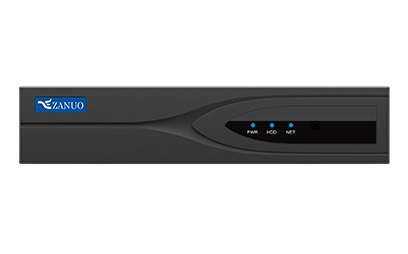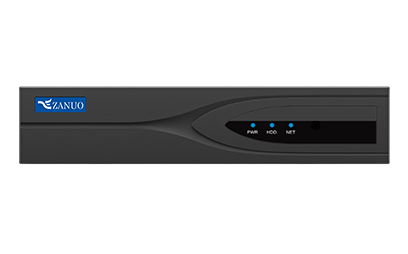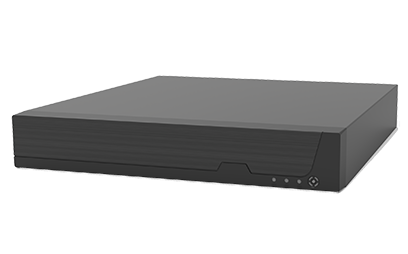With rising threats ranging from cyber intrusions to physical sabotage, ensuring comprehensive surveillance is a top priority. High-Definition Network Video Recorder (NVR) systems have emerged as a powerful tool in safeguarding these sensitive environments.
Why HD NVR Systems Matter for Critical Infrastructure
Unlike conventional DVRs, NVR systems are designed to handle IP-based cameras that deliver crystal-clear, high-definition video. This level of detail is critical for identifying intruders, detecting anomalies, and supporting forensic investigations. In environments where every second and every detail counts, HD recording ensures that no activity goes unnoticed.
Key Features of Modern HD NVR Systems
High-Resolution Recording: Supports 4K or higher video, enabling precise monitoring of expansive areas.
Scalability: Can integrate hundreds of cameras across vast infrastructure networks without performance loss.
Advanced Analytics: Includes AI-driven features such as motion detection, facial recognition, and behavior analysis for proactive threat management.
Remote Access & Control: Security teams can monitor live or recorded feeds from secure devices anywhere in the world.
Redundancy & Reliability: RAID storage, hot-swappable drives, and failover support ensure continuous recording—even during power outages or hardware failure.
Cybersecurity Protections: Built-in encryption and authentication mechanisms safeguard video data against tampering or unauthorized access.
Applications Across Critical Infrastructure
1. Energy Facilities – Monitoring restricted zones, pipelines, and substations for unauthorized access or hazards.
2. Transportation Hubs – Airports, railways, and ports use HD NVR systems to track passenger flow, detect suspicious activity, and manage emergencies.
3. Healthcare – Hospitals deploy NVR systems for patient safety, asset protection, and compliance with strict regulations.
4. Data Centers – Ensuring physical security of servers while integrating with access control systems for multi-layer protection.
5. Government & Defense – Continuous monitoring of sensitive facilities where data security and resilience are paramount.
Benefits for Security Operations
By combining high-definition clarity with real-time analytics, NVR systems enable faster incident detection and response. The ability to scale across large networks means critical infrastructure operators can centralize security management while maintaining flexibility. Furthermore, recorded video provides indisputable evidence during audits, investigations, or legal proceedings.
Future of NVR in Critical Infrastructure
The integration of AI, machine learning, and cloud-based storage is expanding the capabilities of NVR systems. Predictive analytics will allow security teams to prevent incidents before they occur, while edge computing ensures real-time analysis at the camera level. As threats evolve, HD NVR systems will remain a cornerstone of critical infrastructure security strategies.
